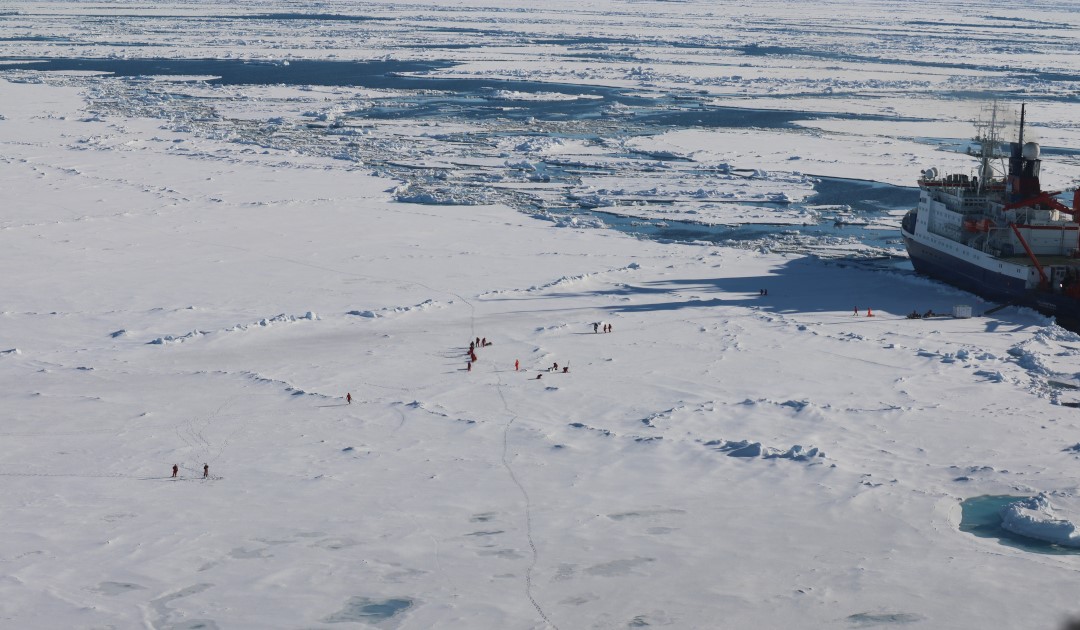
The mysteries of the deep water race in the Arctic are difficult to unravel because of climate change and lack of data. Climatologists draw attention to the gaps that need to be filled for a proper understanding of climate drift.
It’s snowing in California, it’s 15°C in Greenland, it’s not what it used to be, and the predictions of climate change in the Arctic are too optimistic. This is what the results of Céline Heuzé, a climatologist from the University of Gothenburg in Sweden, have shown. She has published two articles in the Journal of theAmerican Meteorological Society with a team of researchers from Fairbanks, Bergen, Madison and Tromso.
Every year, we are surprised to see how much the climate is changing, yet we know it, climatologists predict it and the IPCC summarizes it. Part of the general astonishment could be due to the inaccuracy of some climate models in the Arctic. According to two new studies, these inaccuracies make the IPCC’s forecasts too optimistic. Indeed, the rate of warming of the Arctic Ocean is faster than expected.
“Our observations show that the water coming from the North Atlantic is warmer and closer to the ice than the models calculate,” says Céline Heuzé. “The problem is that the mathematical formulas that describe water movements in the Arctic are running with 40 times less information than in the North Atlantic.” The underwater reliefs are quite poorly represented. The resolution is too low to see the effect of canyons along the ridges and continental shelves.
They influence the deep water currents that enter through the Fram Strait between Greenland and Svalbard. The water masses turn in the Arctic keeping the relief on their right side starting from Siberia, Alaska and coming back to Canada, Greenland. The water then comes out where it went in. “Fram is the only door to the Arctic,” says the climatologist.

These water inlets are increasingly important. The Arctic Ocean is becoming “Atlanticized”, it looks more and more like the North Atlantic. “We think that these warm currents liquefy the ice in winter because the ocean stores heat in summer and releases it in the cold season. This has not yet been proven, but this winter warming could be one of the causes of the weakening of the polar vortex,” she says. That is to say, an atmospheric current around the North Pole which isolates the warm currents from the cold currents and vice versa.
Deep waterfalls
A second unknown hovers in the Arctic and could play a decisive role in the melting of the ice: deep waterfalls. The sea salt densifies the water, which then sinks to the bottom. In the winter, the ice pack is formed from sea water and releases brine. The latter drags the surface water to the bottom, and if there is water going down, there is water coming up. “This takes place mainly in the Russian maritime territories and around Svalbard,” adds Céline Heuzé.
Oceanographic campaigns should be conducted more regularly in winter and if possible in the Russian Arctic. Better forecasting for better action. The consequences of climate change are disastrous whenever measures are not taken in time. The results of these studies should encourage decision-makers to step up their efforts to combat global warming and adapt to the changing climate.
Camille Lin, PolarJournal
Link to studies:
Learn more about this topic:





